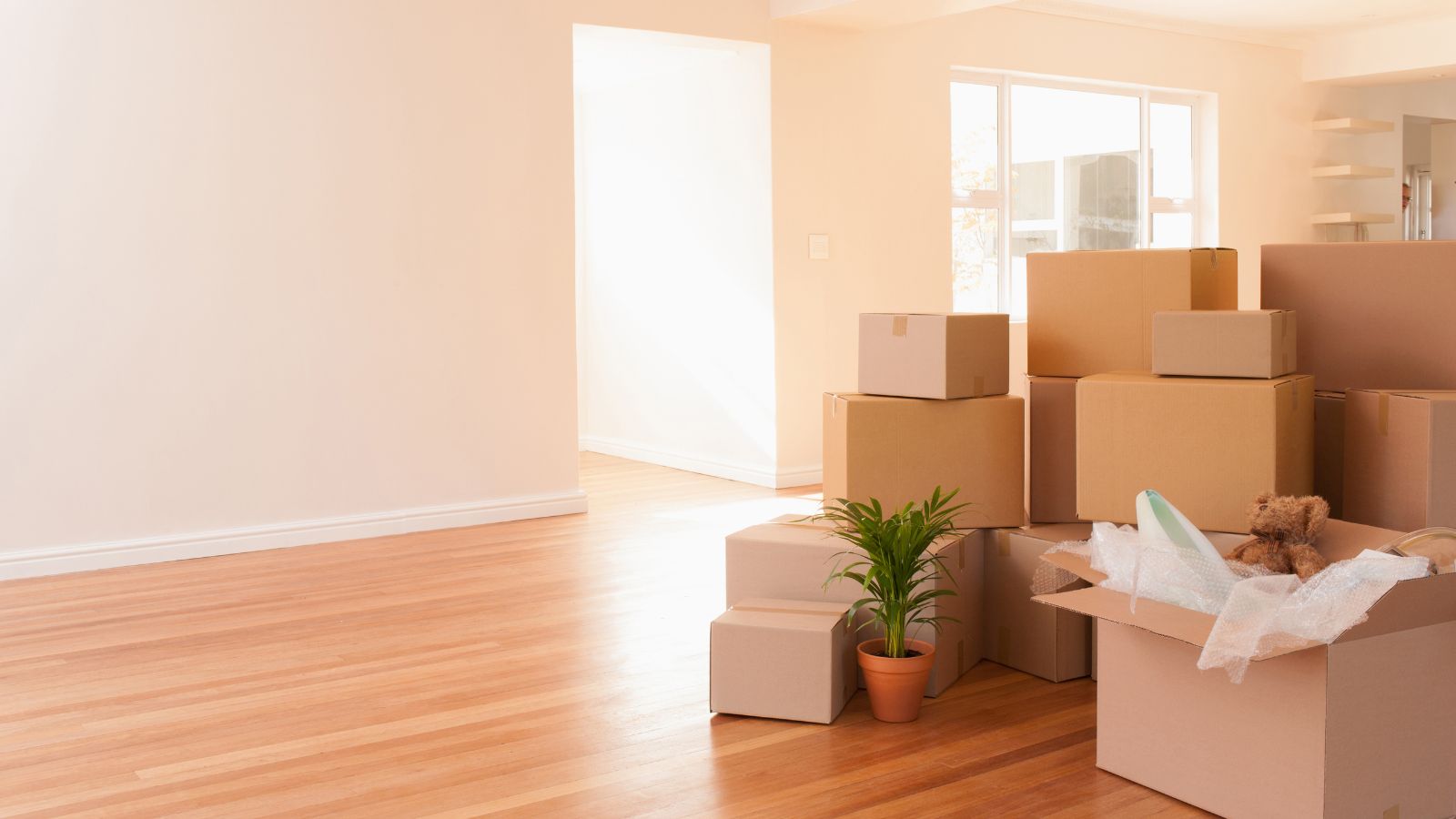
My kitchen has always been a problem area in my home. It is a tiny, U-shaped space with limited counter and cabinet space – not to mention it is a rented property, so I can't add to it or alter much. As a result, I was always running out of space, and clutter only made things harder. I needed to take drastic action.
When my landlord needed to replace the kitchen entirely to do some major repair work, I saw an opportunity as everything had to be packed up into boxes and moved out of the space. It was the perfect time to try out The Minimalist’s extreme ‘Packing Party’ decluttering method.
It meant packing every kitchen item I owned – from flatware to small kitchen appliances – into boxes, and only unpacking the items I needed as I needed them. Here’s how I got on decluttering a small kitchen.
The Minimalists ‘Packing Party’ decluttering method
The Minimalist's packing party is relatively straightforward in principle. You pack everything from a room into boxes as if you were moving house. Then, you unpack items as you come to need them. What is left behind in the boxes after a set period of time, be it a week or a month, are items you can look at getting rid of.
All prices correct at time of publication.
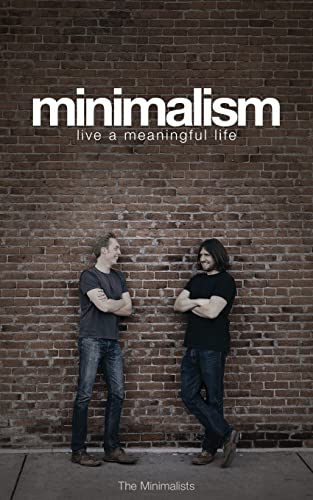
At age 30, best friends Joshua Fields Millburn & Ryan Nicodemus walked away from their six-figure corporate careers, jettisoned most of their material possessions, and started focusing on what's truly important. In their debut book, Joshua & Ryan explore their journey with minimalism.
This was a decluttering tip I had put off trying for a long time. After all, it is no fun packing up your belongings – it is part of what makes moving house so stressful. However, major construction work meant I had no choice. I had to get to work packing kitchen items like I was really moving out.
I made sure at this point to not start decluttering or getting rid of anything (unless it was obviously broken or damaged). This meant I had more boxes piled up in my living room, but it also allowed me to really test out what I did and did not need to put back at the end of the renovations. The only items that were left out of the boxes were the pieces I was using in my makeshift dining room kitchen, including my crockery, my best air fryer, my microwave, my cutting board, and basic utensils.
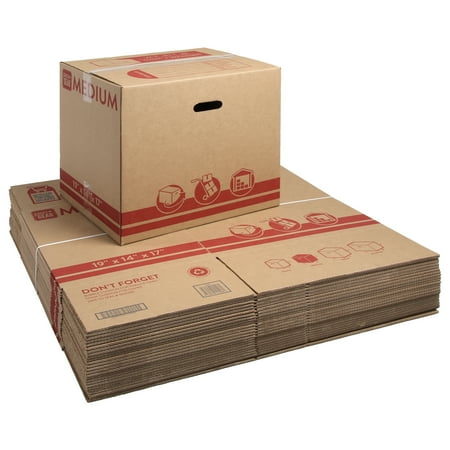
Some heavy-duty packing boxes are a must for this decluttering method. I borrowed some from my dad, but these storage boxes from Walmart should be up to the task for larger rooms with more items.
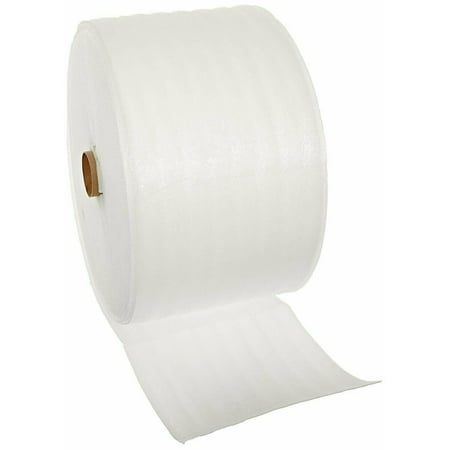
When packing anything from the kitchen, it is best to use some foam packing material to cushion everything and avoid appliances and delicate dinnerware breaking in storage.
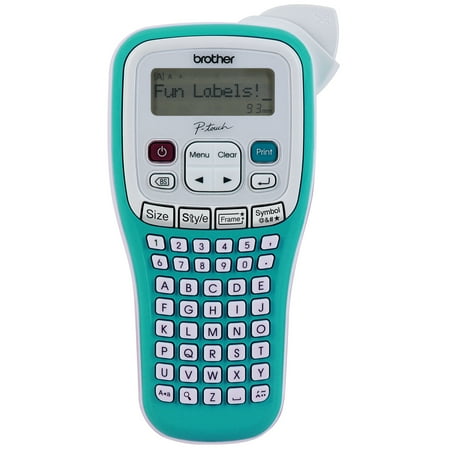
My kitchen is only a small space, so I didn't need to label any boxes. However, if you are attempting this method across your home, or using multiple large boxes, a label maker can making finding essentials easier when it comes to unpacking.
A stressful month of kitchen renovation work came and went, and as it finally started to come together, I began moving my belongings back in. Rather than opening boxes and throwing every back where it used to be, I followed the Packing Party principles, only taking out items as I needed them. For example, this meant only taking out my frying pan when a recipe called for it, or only picking up my mixing bowls when I started baking again.
Instead of following a usual kitchen decluttering checklist and focusing on what to get rid of, I was focusing on what to keep instead.
As you might imagine, a lot of the usual pieces came out first such as my everyday dinnerware sets, and essential kitchen appliances such as my best blender and food processor. I also ended up spending a fair bit of time organizing pots and pans.

I love stoneware dinner sets. I think they always look more expensive than they actually are, which is always a positive in my book. My set was one of the first items I put back in my kitchen and I won't be getting rid of it any time soon!
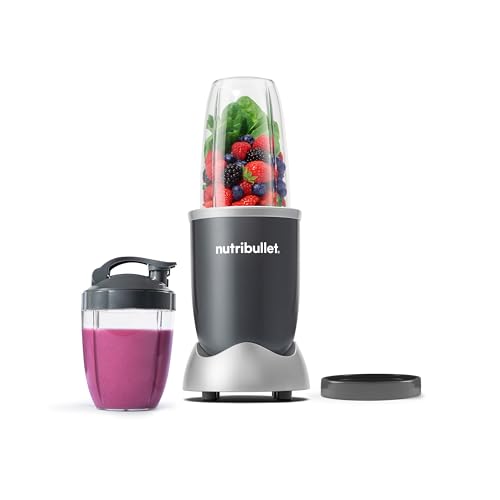
I love making breakfast smoothies, and my Nutribullet makes it super simple. I can mix everything up in the container and screw on a lid, limiting how much washing up I have to do. It also means I can prep ahead so my breakfasts are ready to grab from the fridge before work.

Stainless steel is a great option for a kitchen. While it takes some getting used to if you are used to non-stick pans, you don't have to worry about non-stick coatings peeling over time and contaminating food.
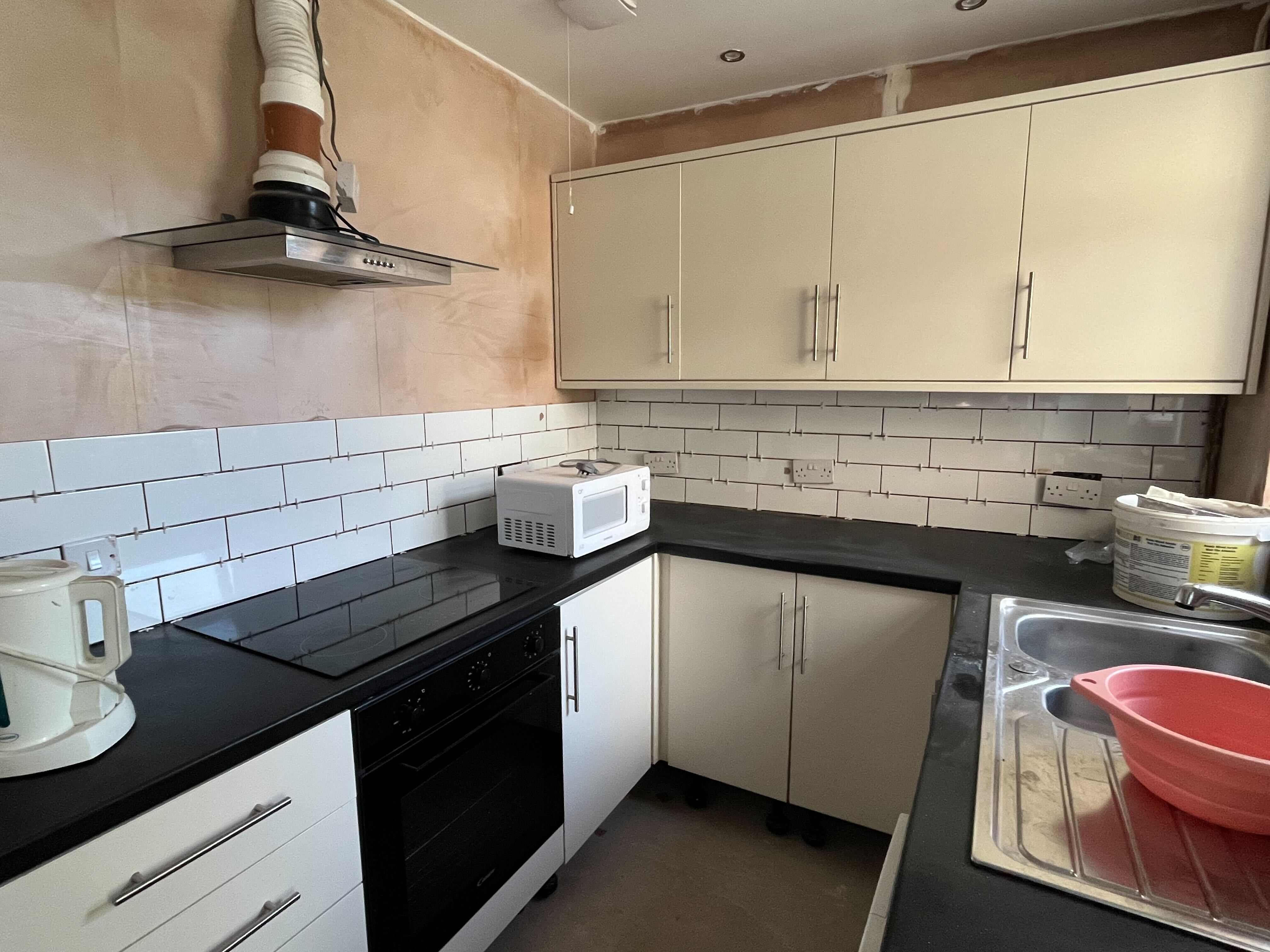
As the first week back in the space progressed, I noticed that I was going back to the boxes less and less, despite them having stuff in them. The first major category I noticed was my cleaning supplies.
Thought I had already unpacked my essential cleaning tools (most notably my degreasing spray, my anti-bacterial spray, my cleaning vinegar, laundry products, and microfiber cloths). There were several duplicate or specialized products, such as a stainless steel polish, that were still left untouched after a number of weeks.
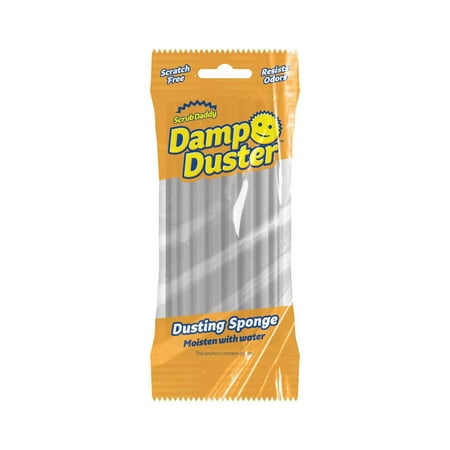
I love the Scrub Daddy Damp Duster. It removes all dust, pollen, pet hair, and more, not to mention it is completely reusable
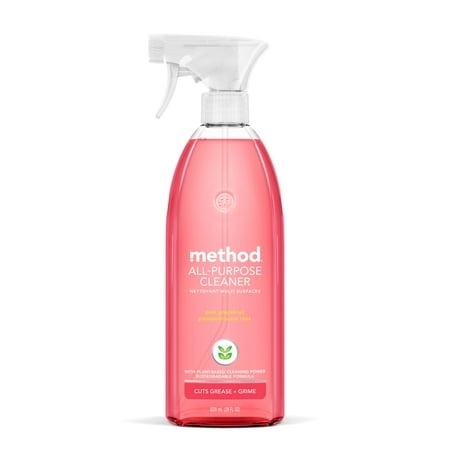
I love the smell of the Method household cleaning sprays. They effectively kill bacteria and wipe away grease but without harsh chemical smells
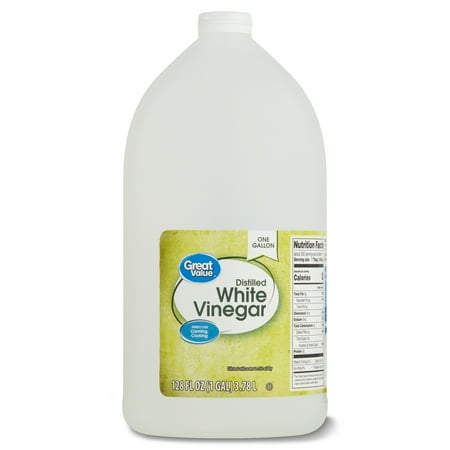
One cleaning product I will never replace or declutter is white vinegar. It is a godsend for killing mold, removing bad odors, and even cleaning a washing machine.
If I hadn't reached for these products despite having to clean up after a renovation, they couldn’t have been that useful to me in the first place – so they had to go. I either donated them if they were unopened, or passed them on to friends or family.
I was impressed with how passively and easily Packing Party method helped me declutter under the kitchen sink and made organizing cleaning supplies a lot easier.
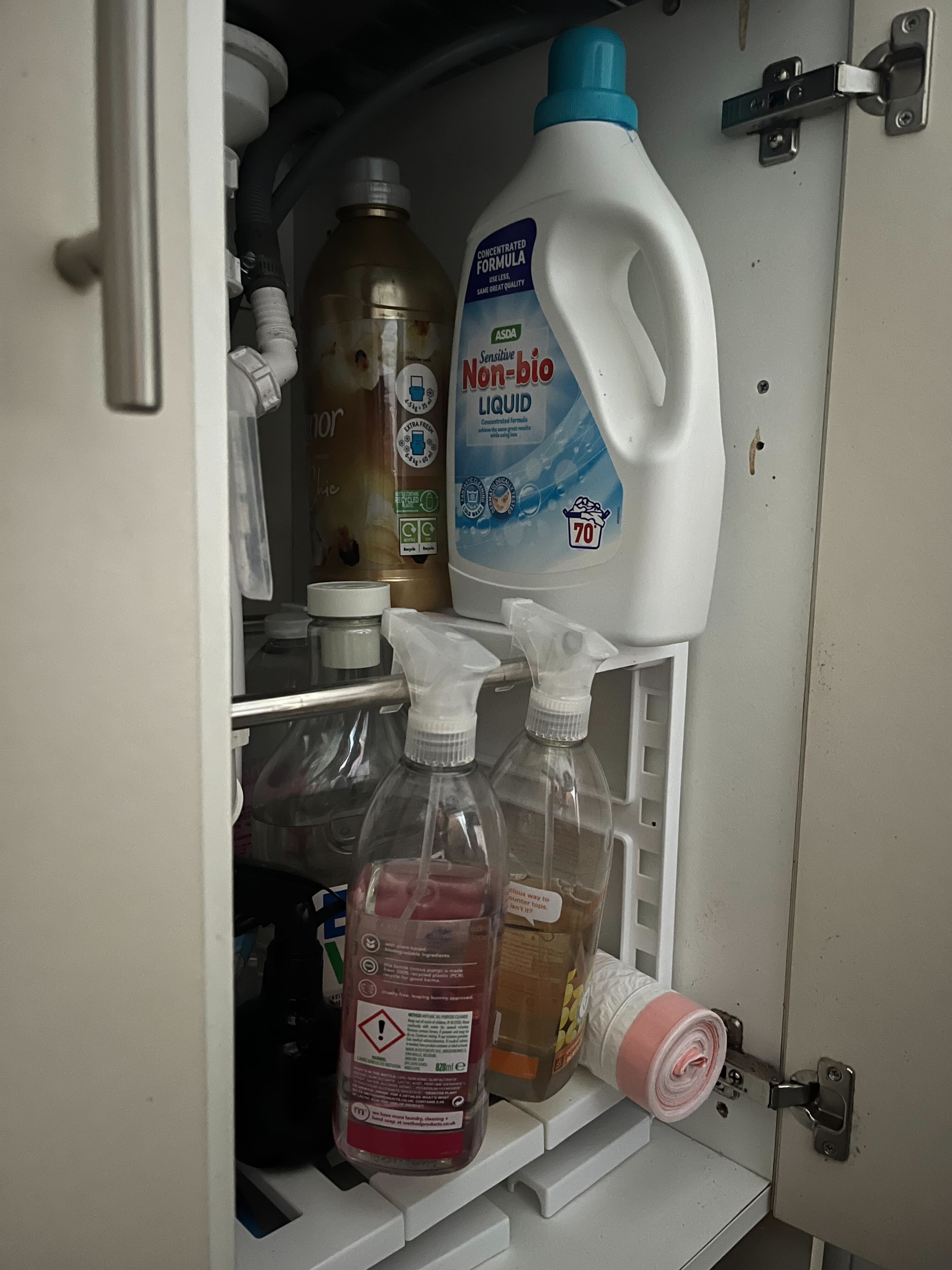
The remaining stranded items surprised me. There were several stacks of items left over including utensils and appliances that used to swear were essential. I left these for another week before making a decision just in case and, lo and behold, they were still collecting dust.
Most shockingly, I ended up getting rid of a whole host of mugs, my cafetiere (I can't remember the last time we used), and a good chunk of my utensils such as extra rolling pins, mesh strainers, extra sieves, and even a duplicate set of weighing scales I don’t even remember buying.
The final result made decluttering kitchen utensils and organizing kitchen appliances 10 times easier. I now actually have some space for new items I will get more use out of, like the best bread maker I have had my eye on for a few months but couldn't find space for.
This method certainly arose because of some extreme circumstances, but it is now something I would be willing to try again preferably without the major construction work along with it.
If I have the time in the future, I think it would be a great method to help declutter my home office (which I know is full of items I keep ‘just in case’), or even use it on a smaller scale to help declutter a closet – another area I always struggle with.







